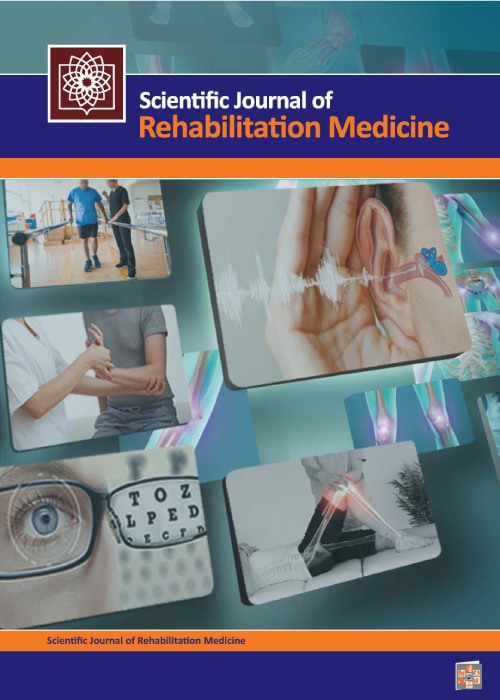Incidence of hallux valgus deformity among Iranian university students
The dramatically increased incidence of hallux valgus (HV) deformity is more related to the cultural rather than genetic parameters. Due to the lack of reliable information about the rate of this disorder in Iraninan societies, the researchers of the current study aimed to find out the incidence of this disorder in Iranian university students as a sample of Iranian youngsters.
This descriptive study was carried out using a self-constructed and the American Orthopaedic Foot and Ankle Society (AOFAS) questionnaires among 290 university students with the mean age of 21±2 years old. The HV angles (HVA) was described as normal for up to 20º, mild for angles between 21º and 25º, moderate for angles between 26º and 40º, and severe for angles higher than 40 º. Then, the HVA of the subjects of this study was compared with the data from other societies.
The results of this study showed a 34.1% involvement of the participants (30% females and 41% males). 58% of the subjects showed a bilateral hallux valgus involvement. No significant differences were found between the males and females in terms of the severity of the deformity and the right or left side involvement (P>0.05). 71% of the involved subjects showed a mild degree and 29% showed a moderate degree of deformity. No severe deformity (above 40º) was found in this study. In terms of the associated deformities, in subjects with mild deformity, 25% showed flat foot and 69% showed bunion disorder; While these were 21% and 82% in subjects with moderate deformity, respectively. In terms of inheritance correlation, while this deformity was shown in only 7% of normal subjects’ first degree relatives (father, mother, brothers or sisters), it increased to 21.1% in mild degree and 46.4% in moderate degree groups.
This study revealed a very high incidence of HV deformity in Iranian university students as a sample of Iranian youngsters, which is much higher than those in some Western societies. This deformity showed to be highly inherent due to the increasing level of this deformity among first degree relatives. Routine use of high heel or round tip shoes showed no influence on the rate of HV deformity.
- حق عضویت دریافتی صرف حمایت از نشریات عضو و نگهداری، تکمیل و توسعه مگیران میشود.
- پرداخت حق اشتراک و دانلود مقالات اجازه بازنشر آن در سایر رسانههای چاپی و دیجیتال را به کاربر نمیدهد.


